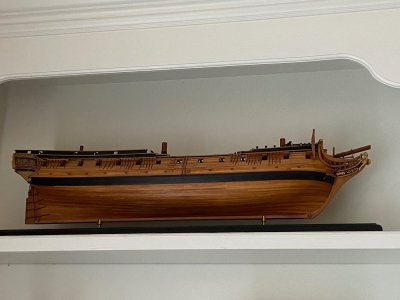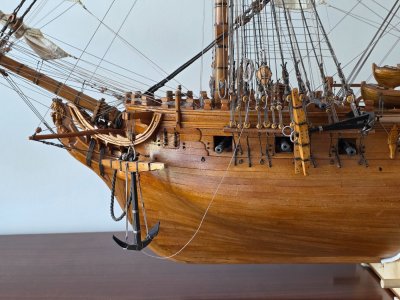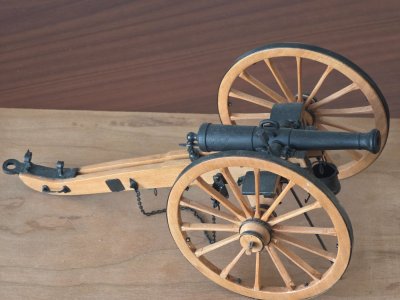A small construction update as I continue researching what sort of finish I want to put on the hull framing (the leader in the clubhouse is nothing more than linseed oil)...
I'm back to making frames - but this time around: rider frames. There are only a few of these needed in the stern section. If I would have known I would have progressed to this point successfully I could have (should have) completed the rider frames at the same time I was doing all the other frames. But I lacked that level of confidence...
I really had to scrape together remnants and off-cuts to come up with enough dimensional stock to cut out these pieces:
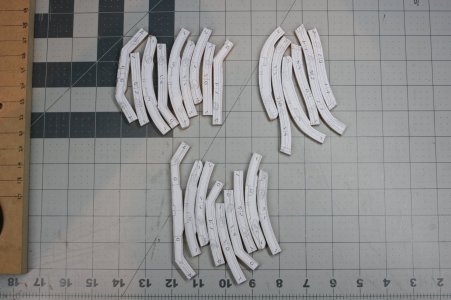
And as long as I had to work out in the garage, I began fabricating these things (they are called "flat crotches" which doesn't strike me as a very flattering thing to say about a crotch, but that's their name - at least when it is translated from French to English).
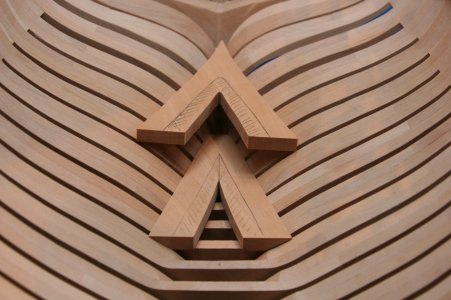
These guys are a PIA to fit in place. That explains this:
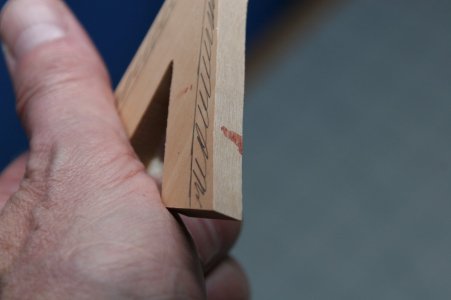
If you're not bleeding - you're not trying...
I'm back to making frames - but this time around: rider frames. There are only a few of these needed in the stern section. If I would have known I would have progressed to this point successfully I could have (should have) completed the rider frames at the same time I was doing all the other frames. But I lacked that level of confidence...
I really had to scrape together remnants and off-cuts to come up with enough dimensional stock to cut out these pieces:

And as long as I had to work out in the garage, I began fabricating these things (they are called "flat crotches" which doesn't strike me as a very flattering thing to say about a crotch, but that's their name - at least when it is translated from French to English).

These guys are a PIA to fit in place. That explains this:

If you're not bleeding - you're not trying...



 .
.
